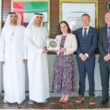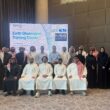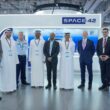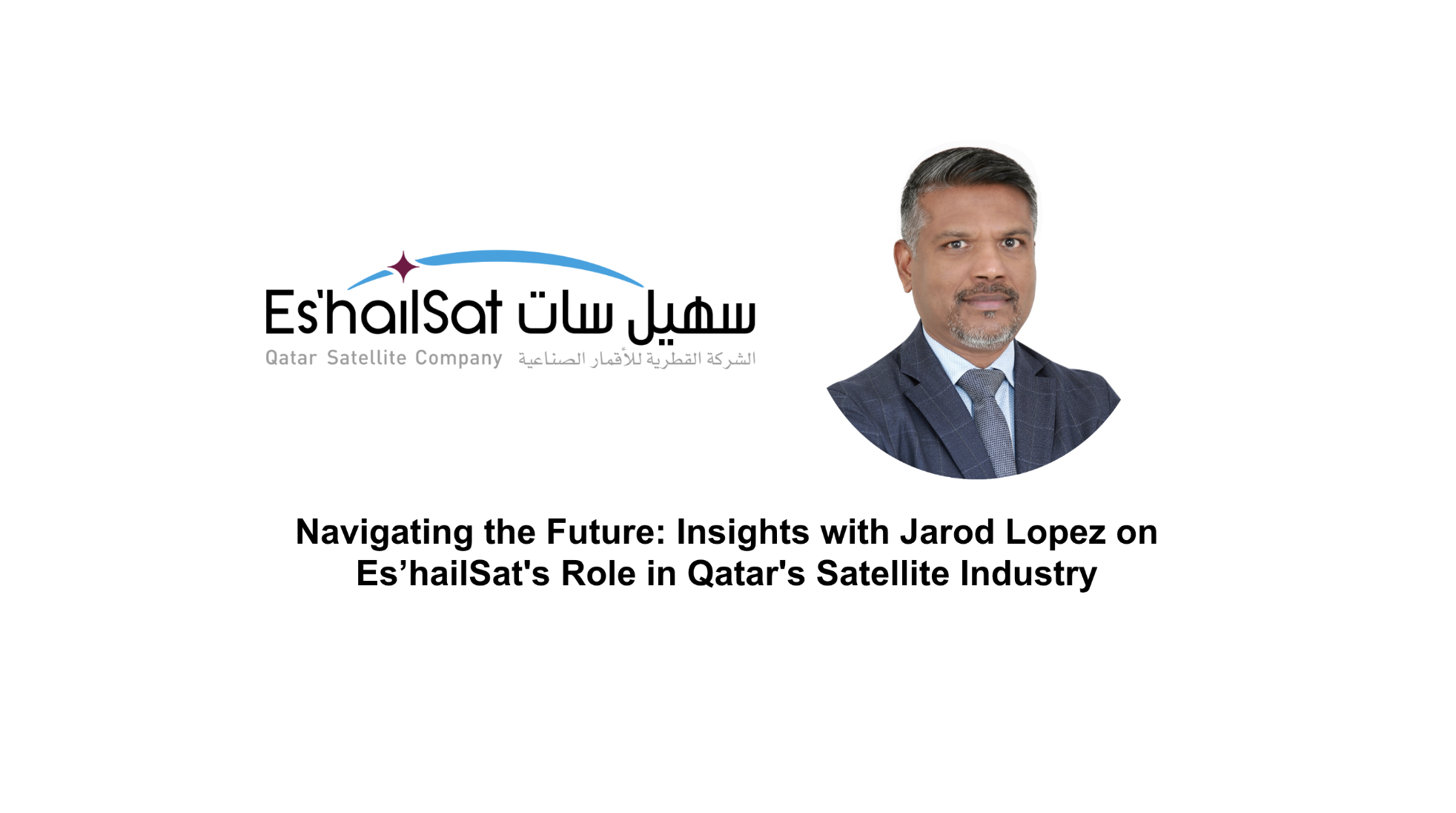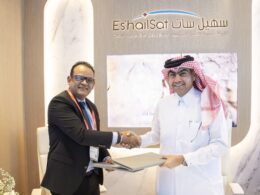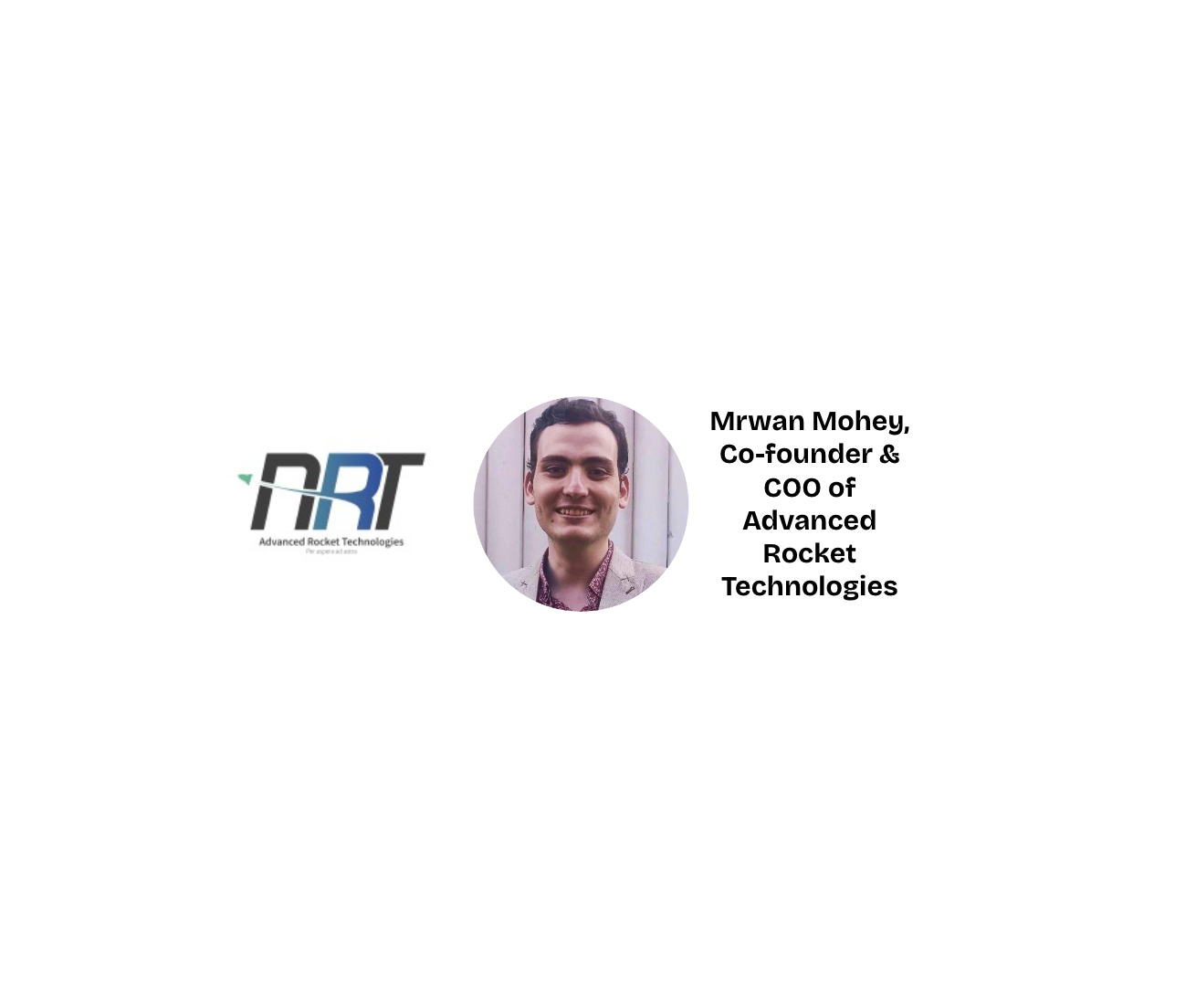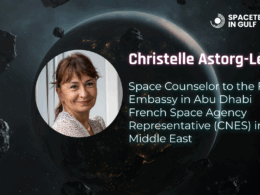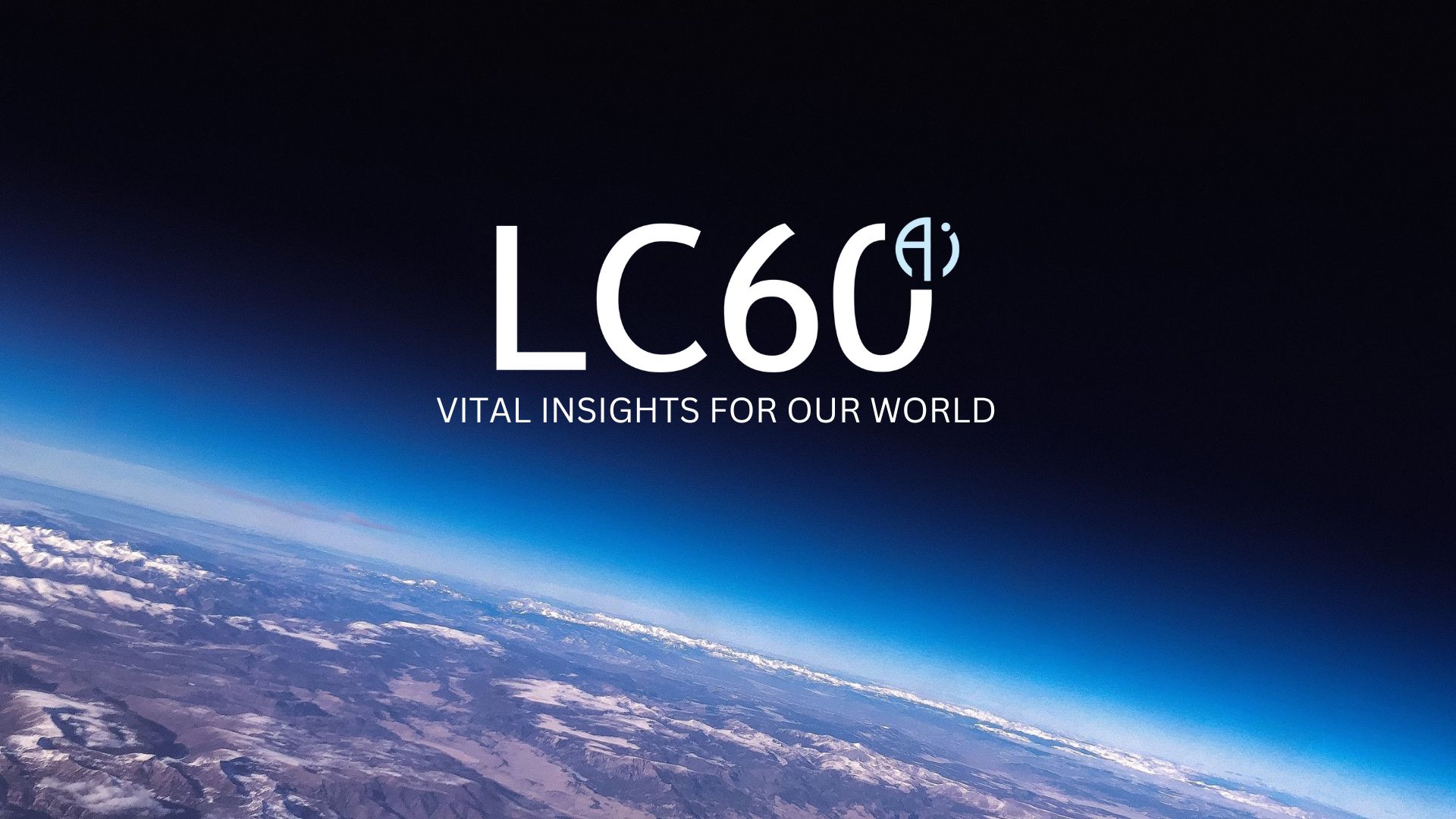
In this interview, we have the privilege of speaking with Mr. Jarod Lopez, the Executive Director of Marketing & Business Development at Es’hailSat. With nearly three decades of extensive leadership experience across Asia, the Middle East, and Africa, Mr. Lopez is adept at guiding multicultural and multifunctional teams to align with strategic objectives. At Es’hailSat, he spearheads initiatives in Business Development, Marketing, Product Development, and Corporate Communications, focusing on creating new business opportunities, establishing partnerships, and positioning the company as a premium brand within the global satellite industry.
Founded in 2010 and headquartered in Doha, Qatar, Es’hailSat has emerged as a key player in the satellite sector. The company is committed to enhancing Qatar’s space presence through innovative solutions and advanced satellite services, catering to clients across the globe. In this conversation, we will explore Mr. Lopez’s insights on Es’hailSat’s strategic initiatives, the evolving landscape of the satellite industry, and the future of communications technology in Qatar and beyond.
1. How does Es’hailSat contribute to the development of the Qatari media and telecommunications industry?
Es’hailSat, established in 2010, plays a significant role in the development of the Qatari media and telecommunications industry. It operates two geostationary satellites, Es’hail-1 and Es’hail-2, positioned at 25.5/26°East, and has a 50,000 sqm Teleport in Doha. The company provides advanced satellite services to broadcasters, enterprises, telecommunications, and government customers in the MENA region and beyond.

Es’hailSat’s contributions include:
- Broadcasting: Es’hailSat supports major broadcasters like beIN Sports and Al Jazeera, enhancing Qatar’s broadcasting capabilities.
- Telecommunications: By offering satellite services, Es’hailSat aids in the expansion and improvement of telecommunications infrastructure for companies such as Ooredoo and Vodafone.
- Economic Diversification: Es’hailSat aligns with Qatar’s National Vision 2030, aiming to add a new dimension to the diversifying economy.
- Innovation and Self-reliance: Es’hailSat fosters a culture of innovation and self-reliance, contributing to Qatar’s capabilities in satellite technology.
- Capacity Building: Es’hailSat focuses on talent development, creating a pool of skilled professionals for the satellite communications industry.
These efforts showcase Es’hailSat’s commitment to enhancing Qatar’s presence in space and supporting the nation’s strategic goals in media and telecommunications.
2. How does Es’hailSat view the role of satellite communication in the ever-evolving technology landscape?
Satellite services need to be recognized as critical communications infrastructure. In the future, satellite technology which is already delivering television services to every household today, will also deliver telecommunication services and a host of applications on top of it, no matter where one is located. As with any satellite service, the primary objective is to provide critical communications infrastructure, wherever and whenever it is required. This is further augmented by secure and reliable connectivity across both fixed ground networks and land mobile, maritime and aviation sectors. Mid to long term, mobility services be it on land, maritime or aviation, and Internet-of-things will utilize satellites as the critical infrastructure for connectivity. It will be important to have a consolidated solution for satellites technology, its related terminals and services to be prepared for the future.
3. How does Es’hailSat leverage the capabilities of Ku-band and Ka-band frequencies to provide diverse services?
Both Ku-band and Ka-band bring us unique advantages, as is evident from our two satellites and their capacity configuration. We believe each band has its own target market and customers who cannot do without the benefits that they offer, be it technical or commercial. The premium video neighbourhood at 25.5 East / 26 East relies on our Ku-band capacity and is reaching millions of viewers across MENA. This gives the major broadcasters in the region the ability to deliver their content to the maximum number of eyeballs, all from our single teleport located in Doha. Ka-band on the other hand is providing data networking services to a wide variety of Government and commercial customers. The economics of a lower cost per bit in Ka-band enables these customers to run efficient networks that are both robust and financially viable. In terms of capacity, we are certainly operating our satellites at a high fill rate because of the reasons mentioned above, but depending on the requirement, we can provide potential customers with as much as they need.

4. Can you elaborate on the specific teleport services offered by Es’hailSat and their advantages for clients?
Es’hailSat’s state-of-the-art teleport in Doha was launched officially in 2019 to manage the operations of our satellite and also to support value added services for our customers. To support our VSAT customers, we have commissioned an iDirect Hub Service at the teleport to provide fully managed service packages to our end users. This has helped organizations improve their own network and offer services to their end-users providing them with resilient and reliable communication services for the enterprise needs. Our teleport enables us to adopt the latest advancements in international technology, including Playout and Media Services, Maritime and Telecommunication services. With diverse fiber paths from two different providers, our Teleport is able to leverage a very competitive cost of IP transit and thus enable our customers to connect to us from any part of the globe in the most efficient manner.
5. How does Es’hailSat see the future of satellite technologies like direct-to-home television (DTH) evolving in the face of potential competition from alternative options?
From our perspective, the direct-to-home (DTH) television market still looks robust even though the broadcast industry has seen a radical shift from linear satellite distribution to adopting Internet-based OTT delivery over the last few years. Middle East and North Africa as a region has a mix of users who prefer streaming services as well as a healthy number those who would still want to consume their premium television content on a smart TV over a satellite DTH service. Due to this underlying demand demographic we continue to remain bullish on the future of satellite television in the region for many years to come.
6. What role do you see Es’hailSat playing in the development of new space technologies and applications?

At an average fleet age under 6 years, we at Es’hailSat have one of the youngest fleets of any satellite operator in the Middle East and North Africa region. Our plans are to continually upgrade our capabilities in terms of our teleport, ground segment and managed services to be able to leverage our young fleet in orbit today. We are working on multiple long-term projects to fulfil our vision to be a world class satellite operator and service provider that effectively contributes to the success of Qatar’s National Vision 2030 by adding a new dimension to the diversifying economy. We are evaluating new satellites in GEO for future applications and are also open to partner with NGSO constellations in order to achieve a winning proposition for all parties concerned.
7. How does Es’hailSat contribute to advancements in sustainability within the space industry?
At the cornerstone of our CSR initiatives the fact that Es’hail-2 carries the world’s first Radio Amateur Satellite Corporation (AMSAT) payload in geostationary orbit. This allows the AMSAT radio user community to validate and demonstrate their DVB standard and provide critical communications during disasters. The footprint of this coverage has enabled communications between as far as Germany and Antarctica under the right conditions.
As part of our other CSR initiatives, we conduct outreach programs with Universities and schools to educate and promote satellite engineering among the students. We have outsourced application development to the Universities where senior students work in a group and with supervision from our engineering team to develop and enhance solutions for certain parts of our teleport operations. We also provide guidance and advice to the Cubesat teams at the University to support their programs.
To add to this, Es’hailSat’s teleport facilities are built using state-of-the-art and environmentally responsible materials that ensure that the impact on the environment around the teleport is minimized. When it comes to future satellites and spacecraft technology, the trend is towards the use of electric propulsion which is significantly more environmentally friendly. Together with our satellite manufacturing partners we are exploring the use of this technology for our future satellite missions in order to build a sustainable long term business.

Alex Cresniov, Founder of SpaceTech in Gulf
About the author: Passionate in the Space industry with significant expertise in Policy Making, Global Socio-Economic Assessments, and DeepTech Analytics.
Email: alexei@spacetech-gulf.com
